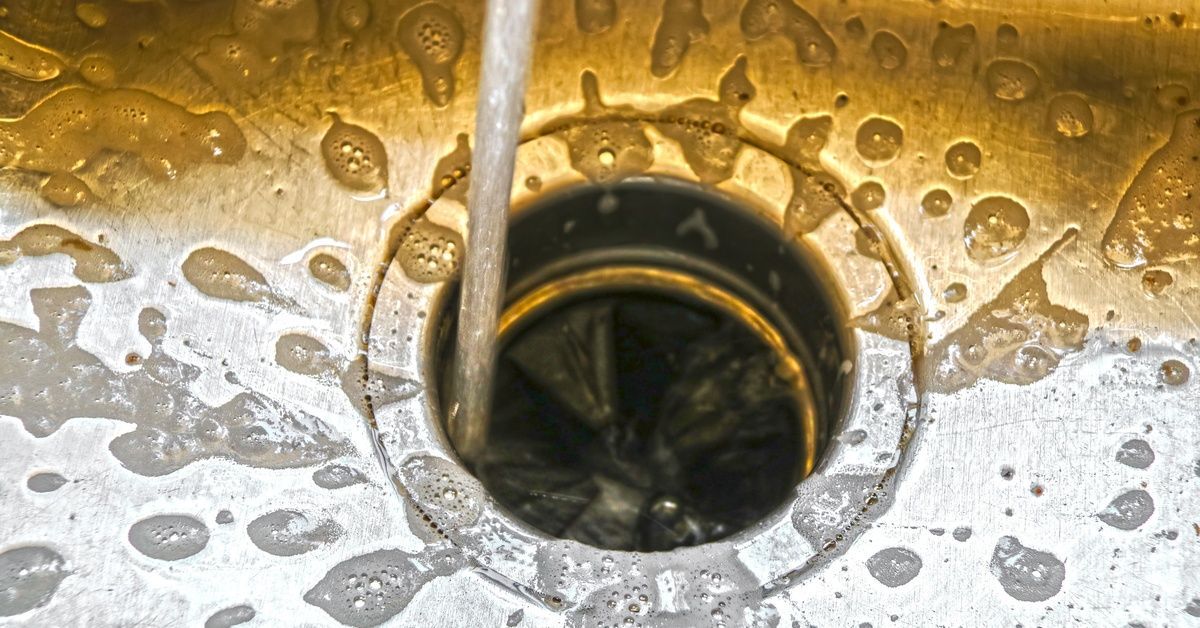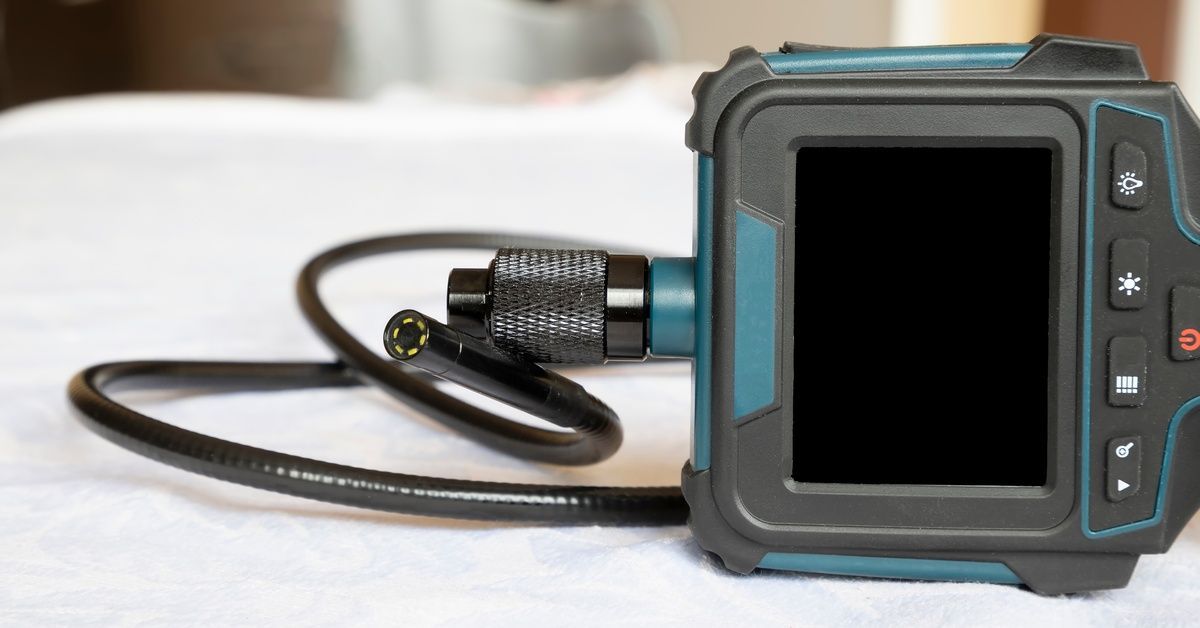All About Preventing Clogs in Your Home’s Garbage Disposal
Preventing clogs in your home’s garbage disposal can save you hassle, time, and money. This blog breaks down the best ways to stop clogs before they start, what to do when trouble strikes, and shares expert-approved habits for long-term disposal health. Expect simple explanations, real-world advice, and a dash of humor to keep things fresh.
Understanding Your Garbage Disposal’s Biggest Enemies
It helps to know what causes most of the jams and blockages before you try to keep your garbage disposal clog-free. Many treat the disposal as a magical black hole that can handle scraps, peels, or leftovers. The truth? It is more particular than you might think.
The worst offenders are usually foods that don’t break down well or can snag and bind inside the disposal’s chamber. Think hard bones, fibrous vegetable peels, coffee grounds, eggshells, pasta, rice, grease, and oils. These items can either wrap around moving parts or expand with water, causing immediate and long-term problems.
Non-food items are also a real threat. Every plumber has tales of a spoon, glass shard, or twist tie that brought a client’s kitchen to a halt. These foreign objects don’t just cause annoying clogs. They can break the unit’s mechanism or your home’s drain pipes.
Keeping your garbage disposal in top condition starts with building better habits about what goes down that drain. Understanding its limits is the foundation for preventing those dreaded blockages.
Build Good Habits for Everyday Garbage Disposal Use
The smallest daily actions have the biggest effect on keeping your disposal running. The first step is knowing that the machine likes small, soft food scraps broken up into manageable pieces. Overloading it leads to jams.
Always run a steady stream of cold water before, during, and after sending food through when operating your disposal. Cold water solidifies stray grease or oil, which the blades can chop up more easily. On the other hand, hot water melts grease, which can travel farther down the pipe and form a stubborn clog later.
Introduce food waste slowly—even if you’re in a rush. Piling everything in at once might save a couple of seconds, but the risk of overloading can quickly turn a chore into a repair bill.
Cleaning and odor control do not require anything fancy or harsh. Ice cubes and a few slices of citrus peel can help clear stuck bits of food and leave your sink smelling fresh. Avoid industrial cleaners or strong chemicals, which can corrode the components inside the disposal and the attached pipes.
Give your disposal a quick flush with cold water and a dash of dish soap after heavy use. It’s simple, effective, and keeps the unit humming along.

Foods and Materials You Should Never Put Down the Garbage Disposal
Many disposal clogs are preventable simply by knowing what belongs in the trash, not the disposal. Fibrous vegetables, such as celery, artichokes, and asparagus, love to wrap themselves around the unit’s blades. Starchy foods, such as potatoes, rice, or pasta, form a thick paste with water, a recipe for dense blockages deep in the drain.
Coffee grounds seem harmless, but quickly settle in drain pipes, compacting over time. Grease, fats, and oils are villains; they look harmless when melted but quickly coat pipes as they cool, trapping other debris and starting clogs.
Eggshells have a similar reputation for troublemaking. Their membranes can get tangled in the disposal, while the shell fragments mix with other waste and form a sticky paste.
Bones, fruit pits, and shellfish shells are far too hard and will dull, jam, or break the unit. Non-food items, such as glass, metal, plastic, or paper should always stay out of your sink.
Err on the side of caution when guessing if something is safe for the garbage disposal. If it feels questionable, send it to the trash or compost instead.
How To Recognize a Disposal Clog Early
Many clogs give telltale signs before the unit grinds to a halt. Often, slow drainage after running the disposal means debris is collecting somewhere down the line. If water backs into the sink while the disposal runs, something is partially blocking the drain.
Unpleasant odors point to trapped food scraps hiding out of sight. Humming, metallic grinding, and other unusual noises can mean a foreign object pushes the disposal motor to its limits. Reacting early to these symptoms can save you from a major clog or costly repair. Never ignore them, hoping they’ll magically resolve themselves.

Fixing Minor Garbage Disposal Clogs Yourself
Sometimes, despite your best efforts, the disposal starts to slow or acts up. You can often clear minor clogs yourself with patience and a few simple tools, but safety is crucial.
Always disconnect power to the disposal before putting your hands anywhere near the unit. Many disposals include a reset button on the base of the motor. If the unit hums but does not spin, this button might restore normal function. Sometimes a simple reset is all you need to get back on track.
If something is stuck inside, use tongs or pliers to fish it out. Never use your hands, even if the power is off. Clearing visible obstructions can often restore the flow.
Next, use a sink plunger on the drain. A strong up-and-down motion can dislodge small blockages in the disposal or the pipe just below. If plunging does not work, a simple vinegar and baking soda flush (followed by hot water after it bubbles) can sometimes break up grease and minor obstructions, if you follow all manufacturer recommendations.
If these steps do not resolve the issue, it might be time to call a professional. Do not try to disassemble your unit without the right experience, as doing so can lead to further damage or void your disposal’s warranty.
Signs It’s Time To Call in a Professional
Not every problem has a DIY solution. Professional help is your best option if your garbage disposal routinely clogs, refuses to turn on, emits persistent foul smells, even after cleaning, or leaks under the sink.
Stubborn blockages, repeated resets, or pools of water indicate a problem deeper in your plumbing. Sometimes clogs build up farther down in your pipes, affecting your home’s main drain, so you may want to ask about sewer line services.
Experienced professionals have specialized equipment to diagnose and fix tough issues without damaging your disposal, pipes, or kitchen. Contacting a trusted plumbing or sewer service for leaks, electrical issues, or damaged components keeps you and your home safe.
Proactive Maintenance Tips for Long-Term Disposal Health
The best way to keep your garbage disposal running well is to care for it before clogs can develop. Stay consistent with habits that reduce clogging risk and keep up with routine cleaning.
Pouring boiling water down the drain once a week can dissolve some grease buildup, but check your manufacturer’s guidelines first to ensure your disposal can handle this task.
Use a combination of mild dish soap and cold water for daily cleaning. Regularly grind ice cubes to remove sticky debris and keep the blades clean. Grinding a few lemon or lime wedges every couple of weeks will freshen up odors and add a bit of zest to your routine.
Stay vigilant about what you put down the drain. Regularly check under your sink for moisture, leaks, or signs of corrosion. Replacing worn or cracked rubber gaskets prevents future leakage.
Share these habits with your property manager or landlord if you’re renting. Good maintenance benefits everyone and avoids misunderstandings about how to treat the appliance, reducing the odds of repeat clogs.
What To Do If Your Disposal Has Reached the End of Its Life
Sometimes repairs and diligent maintenance aren’t enough. Garbage disposals, like any appliance, eventually wear out. If you find your disposal often needs resting, clog clearing, or makes grinding and rattling noises, even during light use, the motor or internal components might be at the end of their lifespans.
Often, newer models are more efficient, quieter, and better at handling a range of kitchen scraps. Professionals can recommend disposals compatible with your current plumbing and install them to the manufacturer’s specifications.
Always follow all safety instructions and dispose of the old unit in accordance with local regulations if you must replace your disposal. A modern garbage disposal can turn an old kitchen headache into a new favorite tool.
A Healthy Disposal Equals a Happy Kitchen
Learning all about preventing clogs in your home’s garbage disposal gives you a solid grasp of practical ways to care for this essential kitchen tool. Protect your home from the inconvenience and cost of clogs by staying mindful about what goes in, spotting problems early, and acting quickly when issues arise. Maintenance and professional input, when needed, ensure your disposal serves you well for years—your kitchen stays cleaner, your plumbing works better, and your routines get easier. Reach out to a local pro you trust for more expert plumbing tips or to schedule routine or emergency maintenance.




